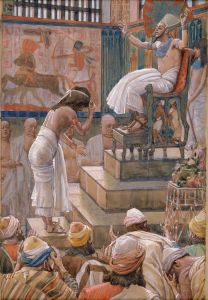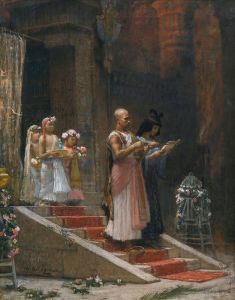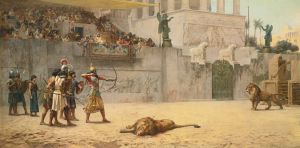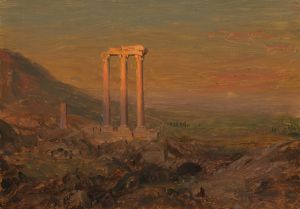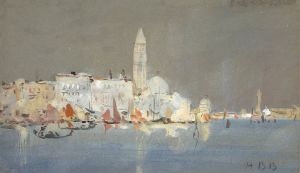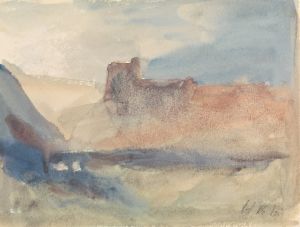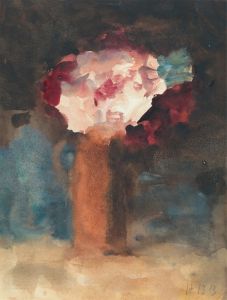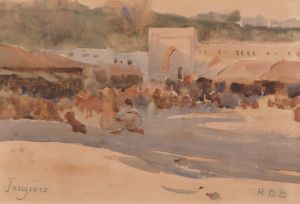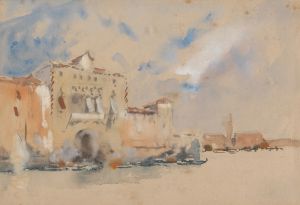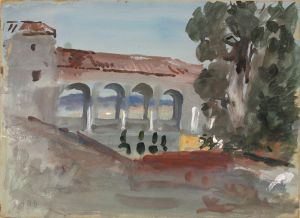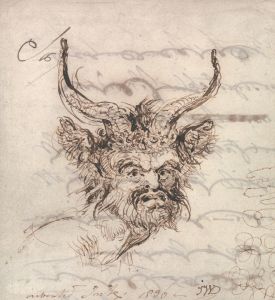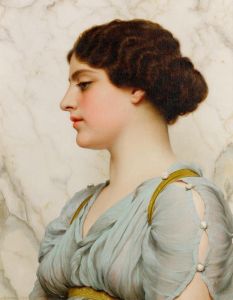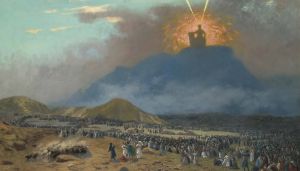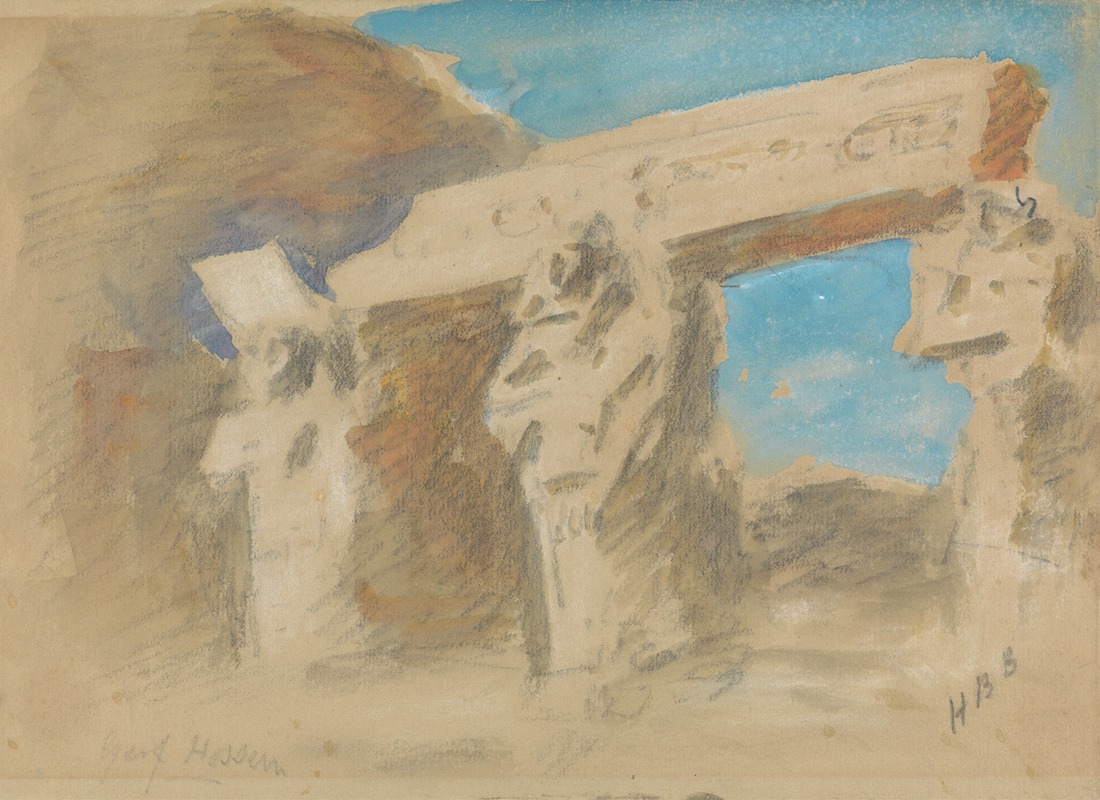
Temple of Gerf Hussein
A hand-painted replica of Hercules Brabazon Brabazon’s masterpiece Temple of Gerf Hussein, meticulously crafted by professional artists to capture the true essence of the original. Each piece is created with museum-quality canvas and rare mineral pigments, carefully painted by experienced artists with delicate brushstrokes and rich, layered colors to perfectly recreate the texture of the original artwork. Unlike machine-printed reproductions, this hand-painted version brings the painting to life, infused with the artist’s emotions and skill in every stroke. Whether for personal collection or home decoration, it instantly elevates the artistic atmosphere of any space.
Hercules Brabazon Brabazon (1821–1906) was a British artist known for his watercolor paintings, particularly those depicting landscapes and architectural subjects. One of his notable works is the painting titled "Temple of Gerf Hussein." This artwork captures the essence of the ancient Egyptian temple located in Nubia, which is now submerged under Lake Nasser following the construction of the Aswan High Dam in the 1960s.
The Temple of Gerf Hussein, also known as the Temple of Ptah, was originally built during the reign of Pharaoh Ramesses II in the 13th century BCE. It was dedicated to the gods Ptah, Ptah-Tatenen, Hathor, and Ramesses II himself. The temple was carved directly into the rock, a common architectural practice in ancient Egyptian temple construction, and featured a large courtyard, a hypostyle hall, and a sanctuary.
Brabazon's painting of the Temple of Gerf Hussein is a watercolor, a medium he favored for its ability to capture light and atmosphere. His style is characterized by a loose, impressionistic approach that emphasizes the play of light and shadow over precise architectural details. This technique allows viewers to experience the grandeur and mystique of the ancient temple as it might have appeared in its original setting.
In the painting, Brabazon likely focused on the temple's façade, which was adorned with colossal statues of Ramesses II. These statues, along with the temple's entrance, would have been prominent features that caught the artist's eye. The use of watercolor enabled Brabazon to convey the texture of the stone and the subtle variations in color caused by the changing light of the desert environment.
Brabazon's work is significant not only for its artistic merit but also for its historical value. His paintings serve as visual records of ancient sites that have since been altered or lost due to modern developments. The Temple of Gerf Hussein, for instance, was dismantled and relocated to a higher ground to save it from the rising waters of Lake Nasser. However, the relocation process inevitably altered the original context and setting of the temple.
Hercules Brabazon Brabazon's "Temple of Gerf Hussein" thus offers a glimpse into the past, preserving the memory of an ancient monument through the eyes of a 19th-century artist. His work continues to be appreciated for its ability to transport viewers to a time and place that has been forever changed by the march of progress.





